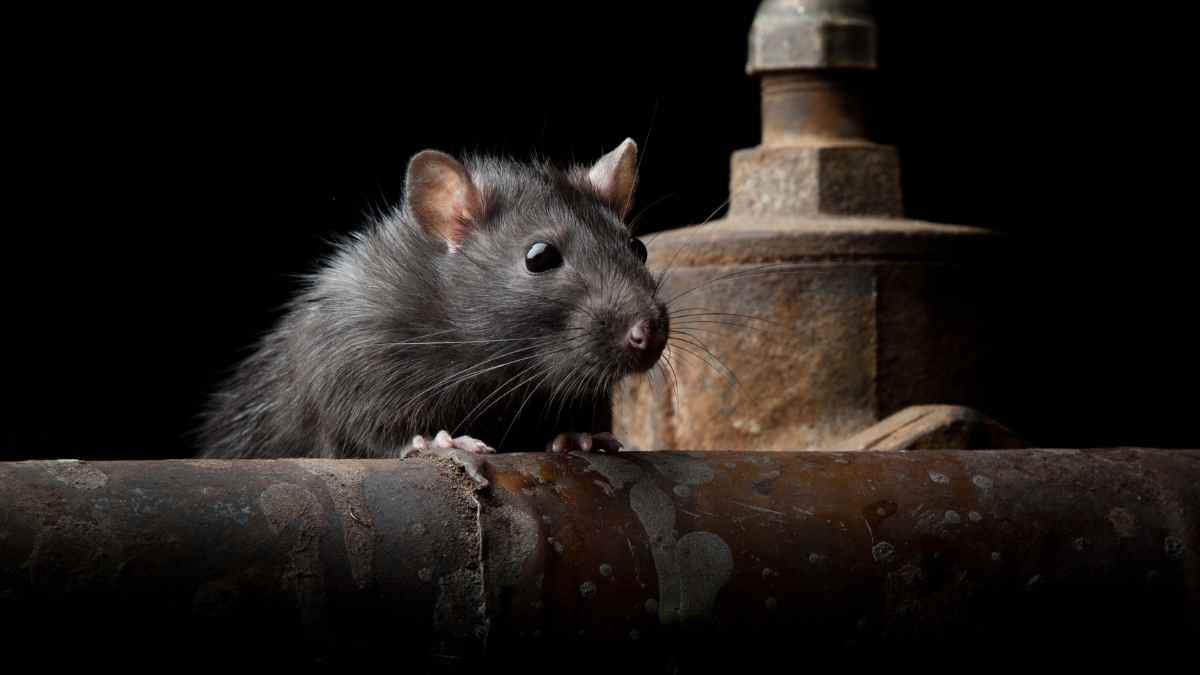Have you done all you can to eliminate rats from your house, and you want to know if they are truly gone?
Then, you should keep reading. Below, you have some foolproof methods to know whether rats are truly gone from your house or merely hiding.
Handling a rodent infestation can be daunting. So, you must scout your house properly to ensure the rats are gone because you don’t want to handle another rat infestation soon.
However, if you find more rats in your house after following the steps below to confirm if the rats are gone, this article also offers tips on dealing with a persistent rat infestation.
So, how do you know if rats are gone from your home? Let’s take a look!
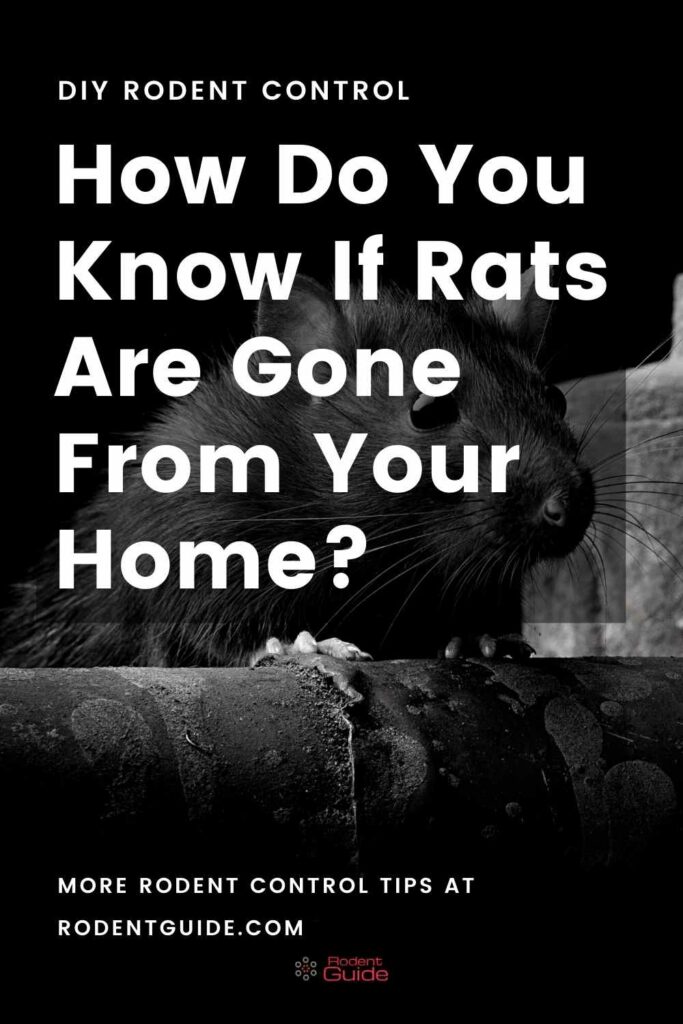
Five ways to know if rats are gone
To confirm whether or not the rats have left your house completely, carry out any/all of the following confirmation tests;
Use of powder/flour.
It is common for rats to move around in the house, usually in search of food and water. So, one of the ways to know if the rats are truly gone is to sprinkle powder or flour in places where you often see the rats.
If you notice the rat’s footprints on the powder/flour, the rats are still very much around in your house. In addition, the footprints left in the flour may even lead you to wherever the rats are hiding.
Use of crackers.

Rats (and most rodents, in general) are voracious eaters. They will eat almost anything they can find, including food items, dog food, and electrical wirings.
So, an efficient way of confirming if you still have rats in your house is to use crackers. To use this method, you only need to leave some crackers around where you often see rats.
If the crackers have been moved or you notice any bite marks, you may still have those nasty pets scurrying around in your house.
Fresh droppings.
It is common to see rat droppings whenever you have an active rat infestation on your hand. So, if after you have made efforts to eliminate the rats from your house, you still keep seeing rat droppings, it means there are still some rats around.
Ensure you confirm that the droppings are fresh and not previous droppings that have not been cleaned up or mice droppings. Old droppings may be signs of the previous infestation.
Recent gnaw marks.
Rats chew almost anything from electrical wirings, lead pipes, solid wood doors, cinder blocks, etc.
However, since you’re handling a rat infestation, you probably already have gnaw marks all over your house. Therefore, it is sensible to confirm that these gnaw marks are recent and not old/previous ones. Because old gnaw marks may be misleading.
Watch out for rats themselves or listen for their squeaks.
Now for the final and definite confirmation. What you need to do here is to watch out for rats or listen up for their squeaks/scurrying sounds, preferably at night.
There are no two ways about it. Once you see rats, smell their typical musky odor or hear them squeak in your house, there is only one conclusion – you still have rats.
Can Rats come back into a house?
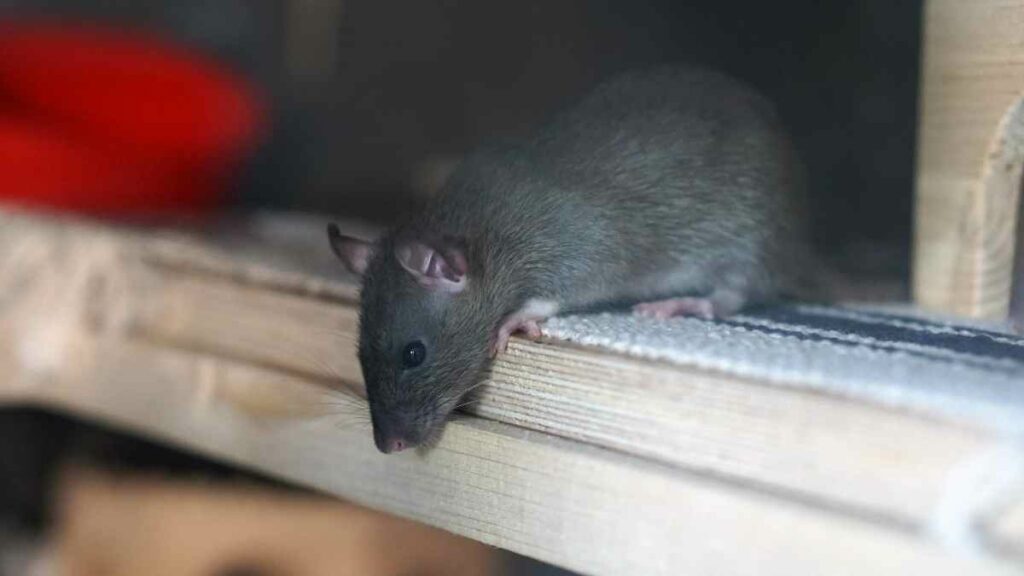
If you have eliminated rats from your house once, it will take more to keep them out. This is because rats will always need breeding grounds, food, water, and shelter from harsh weather (extreme heat or cold).
So, if you do not take preventive measures to prevent rats from coming into your house, the amount of times you’ve sent them out does not matter.
They will keep coming back as much as your house promises food, water, and shelter.
How do you deal with a persistent rat infestation?
Dealing with a rat infestation is frustrating enough. But when rats keep coming back? Now, that’s nightmarish.
How do you end this ‘nightmare’ permanently? Follow the steps below to bid those rats goodbye.
Use rat traps.
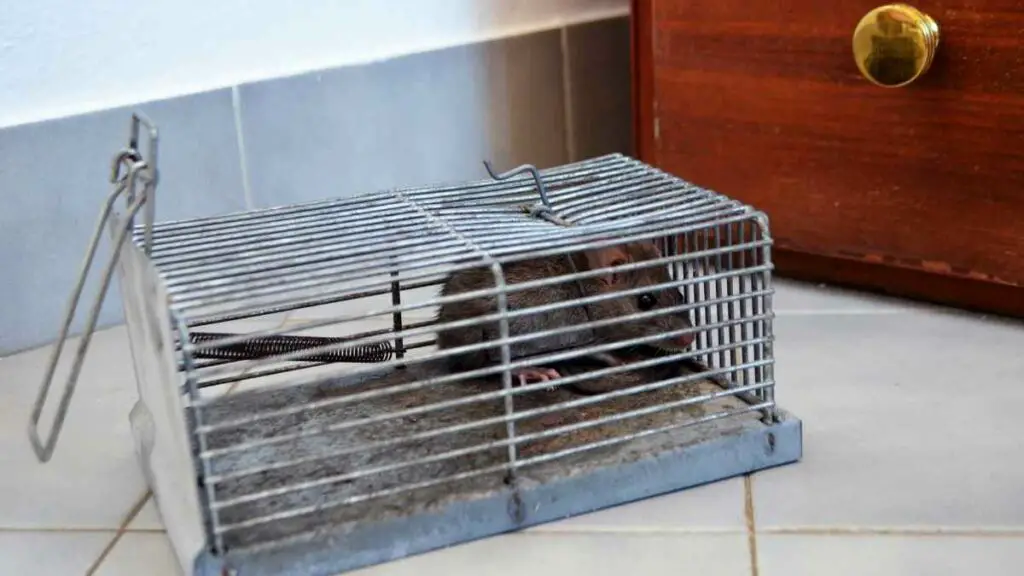
Rat traps, if used appropriately, can be very effective in dealing with a rat infestation, especially if the rats are not very many.
It would be best to place the traps along the rats’ routes, i.e., where you see them often. In addition, for more effectiveness, you should place the traps in a way that stands up against the wall.
Using the right bait goes a long way in determining whether or not your traps will catch rats. So, here are some baits that work; unshelled nuts, dried fruits, etc.
Also, ensure the baits are rightly placed so the rat does not remove the food without triggering the trap.
NOTE: Do not place traps within children’s reach.
Remove food/water source.
Food and water are the chief reasons rats (or any pest) infest your house. As a result, once there’s no food/water source, these rodents will leave your house without notice.
Rat’s common food sources include a messy kitchen, an open trash can, and open food item stores. To ensure rats can’t access food, keep your food items in covered containers (food packaging).
You should also cover your pet food properly. In addition, avoid leaving leftovers in your kitchen, and dispose of spoiled food items properly.
Doing all of these reduces the chances of having unannounced visits from these pests.
Seal all entry points.
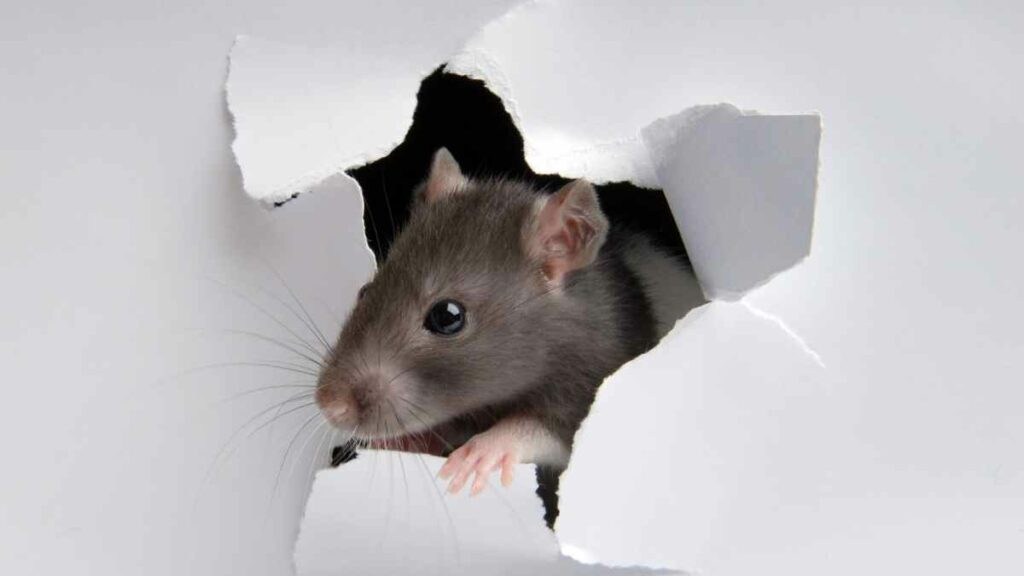
As much as rats love to infest homes, they can’t enter if there is no entrance. Thus, it would help to locate the rat entry points they exploit in your house.
After locating these entry points (damaged pipes, cracked foundation, damaged roofs), the next course of action is to block them all.
You can also install door sweeps to block the gap below the doors. Just ensure you seal up all potential entry points.
Use natural rat repellents.
Another helpful method in dealing with these unwanted guests is using natural rat repellents. There are several options when it comes to rat repellents.
While predator urine may be suitable to deter rats outdoors, it may not be acceptable indoors. Here are some natural repellent options you can use indoors; peppermint oil, lemon oil, citronella oil, eucalyptus oil, daffodils, lavender, euphorbias, grape hyacinths, camphor, alliums, etc.
Spray the oils anywhere you detect rats or any entry point, and they will stay away from your property.
Use properly sealed bins.
Garbage bins make good ‘forage grounds’ for rats because rats tend always to find something to feast on in trash cans.
To prevent them from returning to your house, ensure your garbage bins or trash cans are properly sealed so that rats will not be able to enter.
Maintain proper sanitation.
Keeping your house clean may also help deter rats from entering your home. Specifically, a tidy kitchen, a mown lawn, and a clean environment reduce the possibility of hosting rats.
But, sanitation should not be a one-time activity. Instead, it would help if you endeavored to maintain good sanitation; you’ll be glad.
Locate their nests and flush them out!
If you have a rat’s nest in your house that you are yet to locate, you will have a hard time getting them out of your home completely.
The reason is that, even if you get to kill some of them, you will always have rats in the house as long as the nest is still active and the rats keep breeding.
What is the solution? Locate every rat nest in your house, kill all the rats, and destroy the nesting materials. This is not as easy as it sounds, but it is effective.
What if you’re not able to locate them yourself? In that case, you should get a professional pest controller to locate the rat nests and eliminate them.
Conclusion
There you have it – everything you need to send rats out of your house. If you follow all the steps above, rats will find your house unlivable and seek refuge elsewhere.
So, take action, face your rat problem, and get those rodents out of your house.
Good luck!

